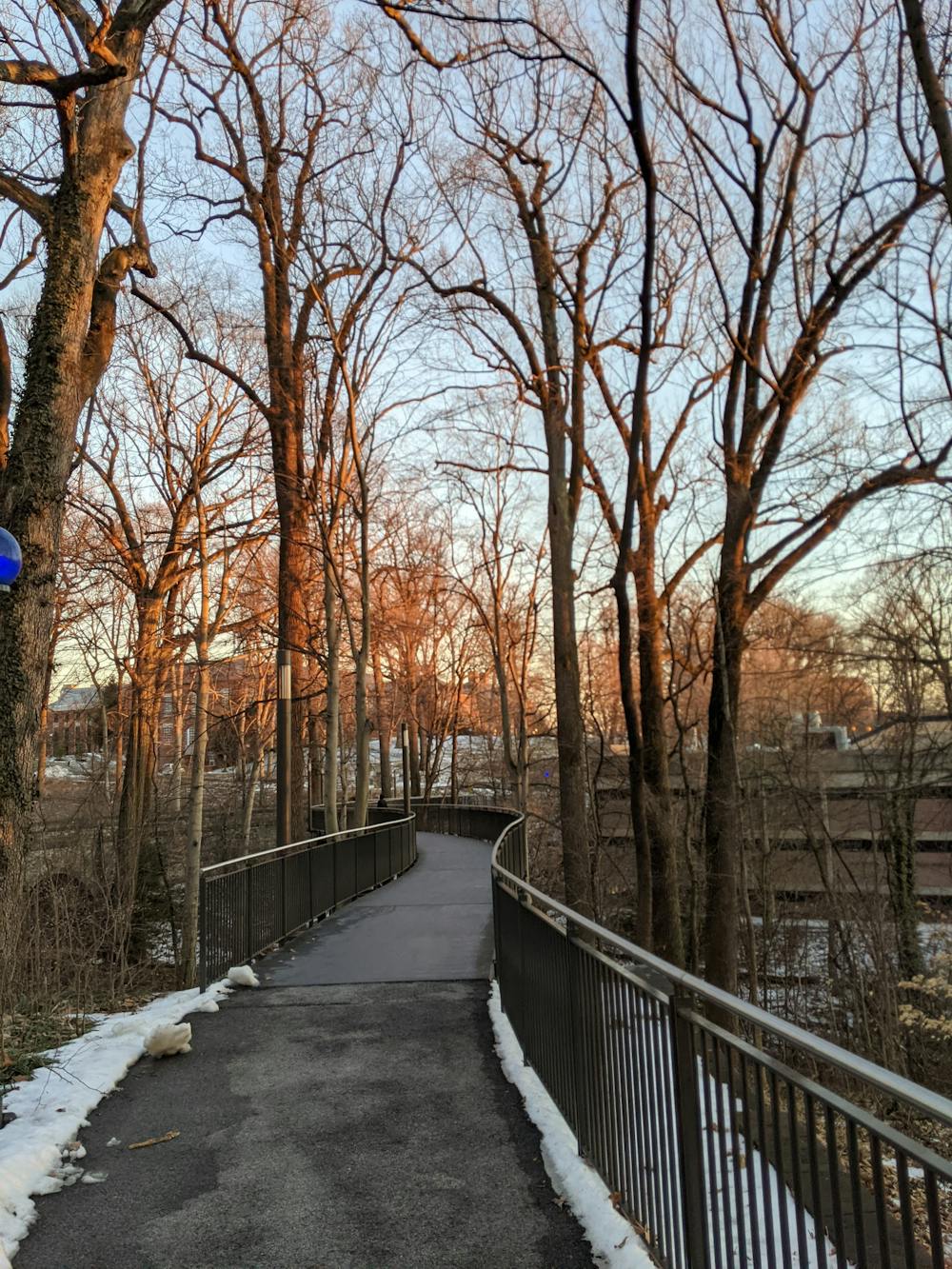
I am a collector of stories, and Karachi was always the greatest love story of my life. I constructed a narrative in my head, a running script. I was a girl so entangled in the streets of my city that every time I left, it was as if the film reel was paused. It would only play when I came back to my city streets again. For the longest time Karachi felt real; everything else was just an imitation.
Karachi is realer than everything else; this I feel is true, and this feeling will not go away any time soon. Karachi is an exaggerated version of the rest of the world — from the heat, to the smell, to the dust, to the heaps and heaps of rubbish, to the carpet of flies and to the blanket of mosquitoes at dusk. It is as if the city decided to take every emotion that exists and tripled it, quadrupled it and thrust it at your face, commanding you to notice. You can hate the city, and you can love the city, but you cannot ignore the city. Karachi will demand your attention.
Karachi was the best story, the most interesting story, the biggest epic of my life — perhaps it still is — and so somewhere, somehow I decided it was the only story. I would be the girl who had a homecoming. I would be the girl who would return. I was the forever-longing lover, pining for my beloved city. That is who I was, and that is who I would be, and anything that deviated from that was a threat to this story I had so carefully constructed.
That story was enough for me until suddenly I had another story in my mind. Suddenly I was walking the streets of Baltimore, and I was no longer the lover pining for my beloved, but I was this solid, whole person walking down Charles Street. Suddenly I noticed that I loved the first snow of the season. That I would stand outside and stare at the flakes as they drifted to the ground, and my life would slow down, swaying to the motions of the snowflakes.
I loved the bare naked trees whose branches threaded the blue fabric of the sky. I loved the fall and the orange explosion of leaves. I loved the summer and the sweat. I loved the grey physics building and green Gilman Hall. I loved the quiet lights of Fells Point at night and the trail of unexplored cafés. I loved the bridge on San Martin Drive — it glows orange in the evening — and the fantastical realism of the Stony Run Trail and the small colorful shops at Hampden.
But this is not really an article about what I grew to love in Baltimore but rather the story that I had gained. I no longer just had a story of homecoming and separation, but I have one about a girl that could really make her home anywhere she wanted. This is a frightening thought — this declaration of independence and this confession of adaptation.
Because honestly, it may seem to an untrained eye that independent and adaptable women don't really make the best stories. You need stubbornness, a certain tenacity, a foolhardy belief to make an epic. Sometimes you need tragedy and a sad ending for it to be a truly great story. But recently I have been choosing peaceful stories over dramatic stories. I have been choosing happy endings over sad endings. So I’m changing, and so my story is changing too.
I don’t really know if I will ever have a homecoming. I don’t know if my kids will grow up being more comfortable with English than Urdu. I don't know if, for the rest of my life, hearing the call to prayer five times a day will only be a faint memory. I don’t know where I will be. But I know I will be at peace wherever I am — that's just what I have chosen now and forever.
Zubia Hasan is a senior from Karachi, Pakistan studying Physics. Her column, Trial & Error, explores relationships between people, cities and herself.





